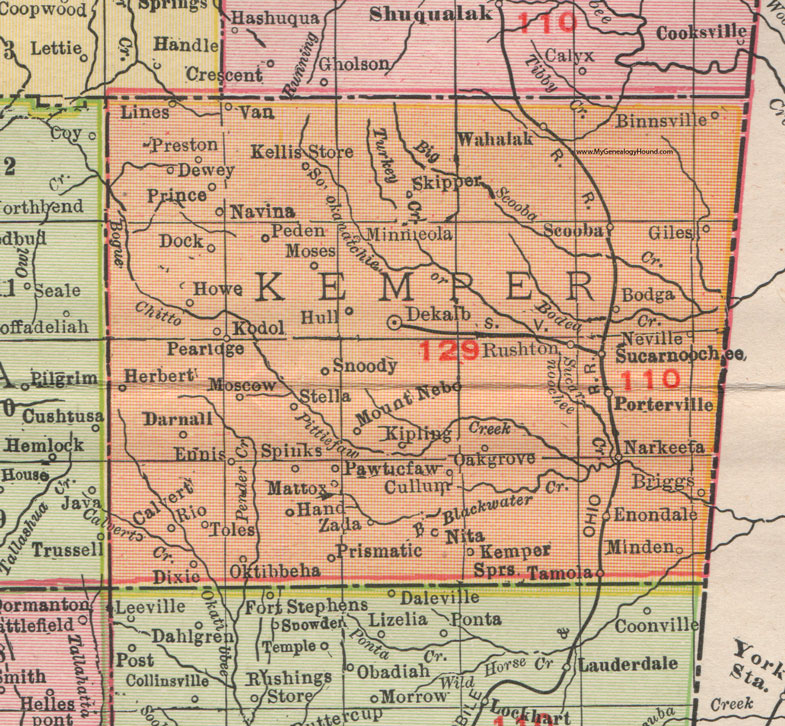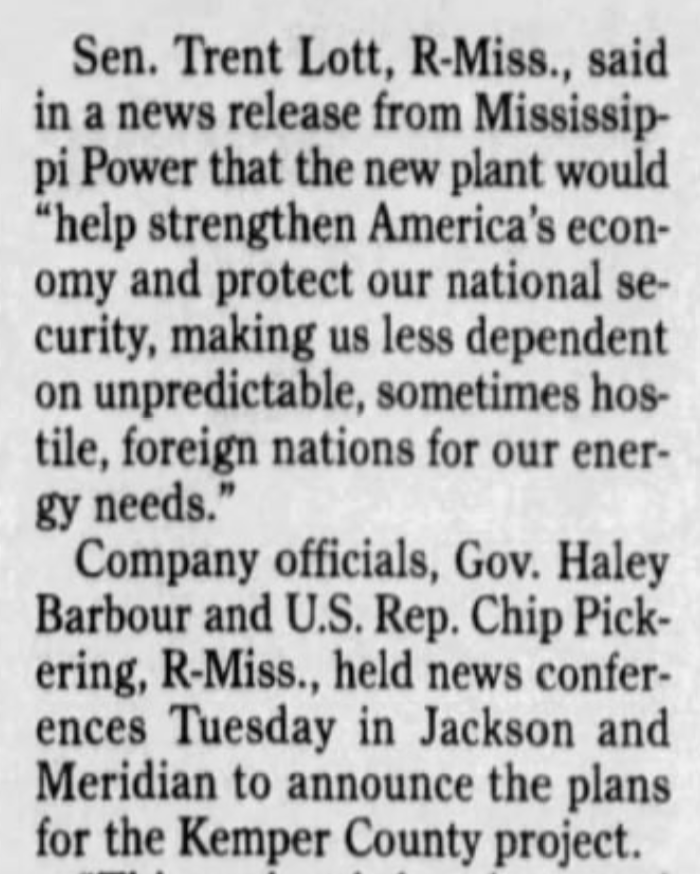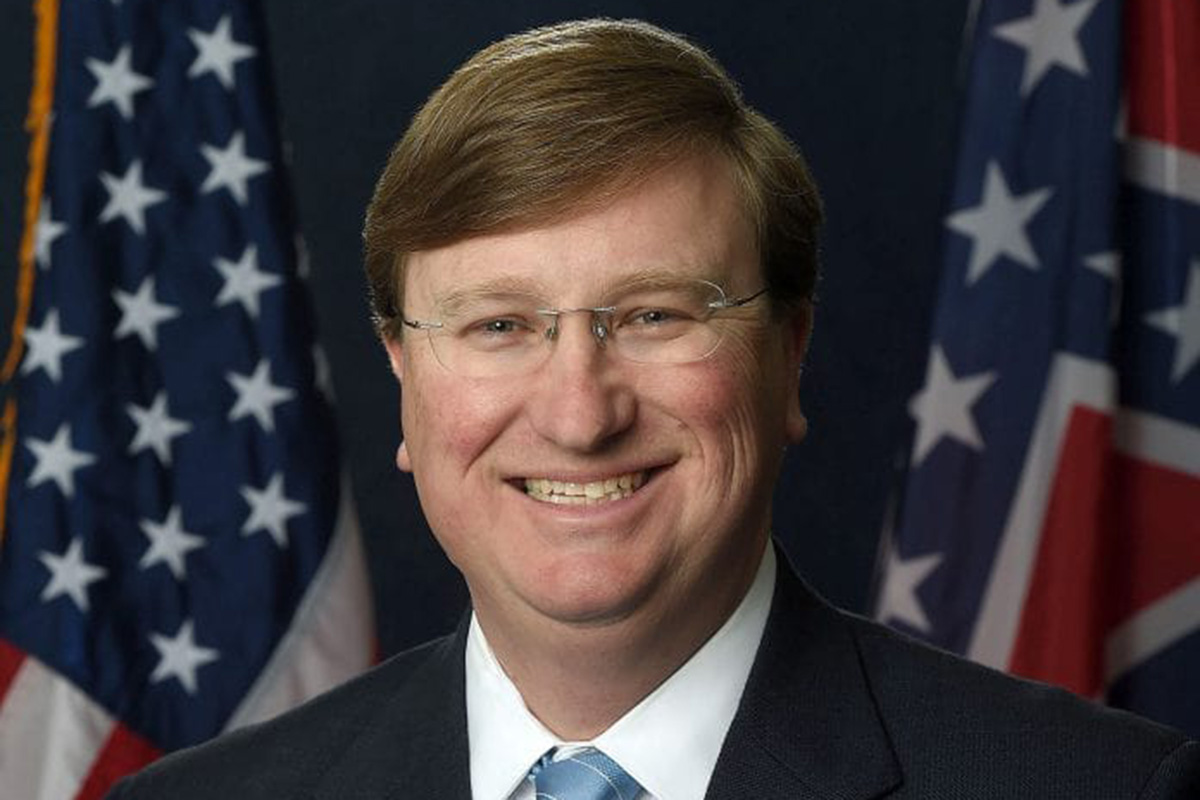Two explosions sounded in Kemper County in the early morning hours of Oct. 9, 2021, to the surprise of area citizens.

“It physically shook the house,” Kemper County resident Karen Wink said. She lives a couple miles away from Plant Ratcliffe—also known as the Kemper plant—in De Kalb, Miss. Mississippi Power Company ran the experimental coal gasification technology in an attempt to curb carbon emissions by capturing them at the source with unproven technology.
Upon hearing the disturbance, Wink decided to forgo coffee and find the source of the blasts.
A retired photojournalist, she grabbed her camera and film, hopped in her truck and headed off into the morning to investigate. Wink suspected she should start at the nearby Plant Ratcliffe.
From a public roadway adjacent to the plant property, Wink captured the smoke and dust the demolition produced when it imploded the experimental gasification chambers central to what Sierra Club Mississippi Director Louie Miller has described as “the biggest boondoggle in the history of Mississippi.”
A long-failing taxpayer-funded venture was finally at an end.
The Basic Idea Didn’t Work
Louie Miller, of course, was referencing the failed $7-billion-plus venture by Southern Company and subsidiary Mississippi Power to create a “clean coal” plant in Kemper County that would, supposedly, convert Mississippi’s abundant lignite coal into usable energy. The project using the lowest-grade “brown coal” started drawing heavy-hitter support when the idea went public in 2006, including Gov. Haley Barbour and U.S. Sen. Trent Lott.

Mississippi political celebrities like Barbour and Lott began exalting the supposed benefits of the Kemper plant project, then expected to cost $1.8 billion.
Lott said in a 2006 Mississippi Power news release that the plant would “help strengthen America’s economy and protect our national security, making us less dependent on unpredictable, sometimes hostile, foreign nations for our energy needs.”
The “clean coal” project in De Kalb was set to create hundreds of jobs in a 75% Black town where a quarter or more people live in poverty. “This project brings hope and the promise of a brighter future to east Mississippi, an area of the state that can certainly benefit from it,” Barbour promised in 2006, reported by the Associated Press.

Backers promised that existing jobs in the coal industry would be saved from a changing energy industry landscape and that the successful implementation of the experimental technology would thrust Mississippi Power into the upper echelon of world energy leaders and innovators.
It was a huge moonshot of an idea that turned out not to work at its most basic level. Lignite coal, though abundant, is a low-quality fuel with a high moisture content and low energy output. Once the company finally began firing and testing the gasifiers in 2015, those overseeing the Kemper project had to start facing the reality that they could not harness an adequate amount of energy from lignite.
Using this type of coal required project engineers to design a system that allowed several untested processes to function simultaneously to produce enough energy to power customers.
Southern Company’s experimental technology, Transport-Integrated Gasification (TRIG), never functioned at a commercial level.
Brett Wingo Blows the Whistle
In 2010, construction crews went to work building the doomed experiment. Throughout its seven-year existence, controversy plagued the Kemper project, which the U.S. Securities and Exchange Commission investigated after continuous delays, cost increases and, notably, a 2014 tip from a former project manager named Brett Wingo.
Court documents show that Wingo alleges to have come to his fellow project managers with concerns in June 2013 that the experimental Kemper plant would not be functional by Southern Power Company’s projection of a May 2014 commercial operations date, or COD for short.

By the time Wingo blew the whistle, Southern Company was attempting to collect millions of dollars in federal tax credits contingent on that 2014 COD. Wingo alleged that he feared the company was misleading shareholders and regulators by adhering to the claim that the project would be commercially functional by May and potentially sloughing off safety by rushing to complete construction.
In a 2017 interview on Mississippi Public Broadcasting, Brett Wingo spoke about the economic pressures surrounding the Kemper project.
“Upper management let us know early and often that cost pressure was on us— schedule pressure was on us,” Wingo said.
| Brett Wingo, a former project manager at the Ratcliffe plant, charged the company with covering up problems with the “clean coal” process, as he explained in a 2017 interview on Mississippi Public Broadcasting. |
“Right out of the gates, in May 2010, we were told that if we missed the May 1st, 2014, COD that we would immediately lose $133 million in federal tax credits. So, yes, we were under tremendous pressure to get this project designed, procured and built,” the former project manager added.
After first voicing his concerns, the company asked Wingo to create a “resource loaded schedule,” or RLS, which would account for various stages of construction and testing and allow project managers to identify a more likely date by which the project should be functional.
Wingo’s new RLS predicted that the Kemper project was more likely to be operating in the fourth quarter of 2014, if not into 2015. Additionally, PwC conducted an outside audit called a “qualitative risk assessment” for Southern Power in January 2014. PwC reported that it was highly probable that the project would not be functional until 2015.
The whistleblower later accused management at Southern Company of manipulating his RLS so that documents showed the May 2014 COD as achievable, thus preventing the loss of federal tax credits.
When the project manager took his allegations of fraudulent activity to Southern Company’s top executives, he alleged later, Kemper project managers marginalized and relegated him to non-managerial tasks. Wingo’s complaint says he was placed on forced administrative leave in August 2014 and was officially fired from the company in February 2016.

The two parties soon ended up in court with Southern Company filing suit in February 2015 against Wingo for allegedly breaking an employment termination agreement. Southern Company asked for the suit to be dismissed in 2019.
Wingo sued Southern Company for retaliation in 2017. The case was settled and dismissed in August 2018. The terms of the settlement agreement are not available to the public. The Mississippi Free Press could not reach Wingo for comment.
Mississippi Public Service Commissioner Brandon Presley does not mince words about the failed scheme. “This was a boondoggle on the scale that we’ve never seen in the history of Mississippi,” Presley said. “Luckily, we’ve been able to protect the ratepayers. But it was one of those things where it was a bad idea from the beginning, and it only got worse from there.”
Powerful Conservative Forces Birthed Plant
Resounding explosions and smoke may have marked the death of the Kemper “clean coal” project, but the origin of what Louie Miller calls the most expensive capital investment in Mississippi history was more inconspicuous.
Miller of the Sierra Club told the Mississippi Free Press he had not discussed the Kemper Project in a long time until the Oct. 9, 2021, blasts set off a chain of inquiries from concerned Kemper County citizens. They were not aware of Mississippi Power’s plan to demolish what remained of the experimental portion of Plant Ratcliffe, which shares a name with David Ratcliffe, the now-retired chairman, president and chief executive officer of Southern Company.
“You’d have to rewind the clock back to about 2008,” Miller said.
“That was when I was lobbying for the Sierra Club in the Mississippi Legislature, and a lobbyist came up to me and handed me an obscure bill called the Base Load Act. That was my entry into the world of regulated utility monopolies,” Miller explained.

The 2008 Baseload Act, which long-time Washington, D.C., lobbyist and then-Gov. Haley Barbour supported and then signed into law, allowed utility companies like Mississippi Power to charge their customers for the construction of new plants rather than take on the costs themselves and delay charging customers until the technology was operational.
Those legislative provisions include what is known as Construction While In Progress, or CWIP accounts. The inclusion of construction costs meant that companies like Mississippi Power could collect cash from customers and shift the burden of risk away from the company itself. The American Legislative Exchange Council at least partially engineered CWIP laws, which passed in a slew of states during the early and mid-2000s. ALEC is a nonprofit organization of conservative state legislators and private-sector employees who draft model legislation for state governments.
In Mississippi, ALEC has authored and pushed a wide variety of controversial legislation from tort-reform laws under Gov. Barbour, to tax breaks for out-of-state businesses and is currently working hard to end the Mississippi income tax. Mississippi House Speaker Philip Gunn, who is expected to challenge Tate Reeves for the Republican nomination for governor in 2023, is the immediate past chairman of the all-white ALEC board of directors.
A variety of powerful foundations including the Bradley and Koch family foundations fund the organization. Energy companies help fund ALEC as well. The Mississippi Power Foundation reported donating $20,000 to ALEC from 2016-19.
Barbour, who co-founded one of the most powerful lobbying firms in the world before he became governor and then returned to the firm, pushed the project from the governor’s mansion in its formative years. The Yazoo City native had previously lobbied for Southern Company and resumed doing so following his governorship. This law enabled the troubled Kemper Project to spring forth.
Doomed Project Was a Bipartisan Mistake
Although Barbour’s political machinations played a key role in the birth of the Kemper Project, the push for supposedly “clean coal” was ultimately a bipartisan affair. Commissioner Presley, first elected to the position in 2007, told the Mississippi Free Press that he had fielded calls and letters from Democrats, including correspondence from former Secretary of Energy Stephen Chu, who made Presley aware that Kemper was a priority for the Obama administration.
“The political atmosphere at the time was rush to approve, rush to get rolling. I think that’s why I voted against this project from day one,” Presley said.
“My opinion on all of that was that if the federal government loves this project so much, let them come pay for it,” the commissioner added. “Don’t ask the working families of Mississippi to pay for an experimental project. My arguments against that plant were based on the mere fact that the customers were being treated as an ATM machine for experimental technology at a time in which there were a thousand things that were unknown.”

The Sierra Club took issue with customer exploitation from the start with the Kemper Project.
“To give you a sense of what the Baseload Act was,” Louie Miller explained, “it was a way to build experimental technology that was unproven and to shift the risk and liability of doing such off of the company and onto the backs of the ratepayers and their customers.”
Despite the experimental technology never being operational, 186,000 Mississippi Power customers experienced rate increases in their electric bills that were meant to foot the cost of building the Kemper plant. Mississippi businessman Thomas Blanton later sued the company to invalidate those rate increases, which were reported as being as high as 18%.
The Mississippi Supreme Court later wrote that the utility “exceeded its authority granted by the (Base Load) act,” and ruled in favor of Blanton. The court ordered Mississippi Power to refund $377 million in costs ratepayers had covered. That multi-million dollar price tag is the sum of rate increases Mississippi Power illegally handed down to customers between April 2013 and July 2015. Mississippi Power customers were given the option of receiving a refund check or an account credit that would count toward bills.
Mississippi Power officials did not return calls for comment prior to press time.
Campaign Cash Flowed Around Kemper Project
Construction at Plant Ratcliffe finally began in 2010. It did not take long for the experimental project to run into serious problems.
In 2012, Mississippi Power, facing cost overruns and unable to meet construction deadlines, sought a $1-billion rate increase that went against the advice of the Mississippi Public Service Commission, which had previously granted the company permission to charge customers nearly $3 billion to cover construction costs. In 2013 then-Lt. Gov. Tate Reeves, presiding over the state Senate, allowed the rate hike to pass despite speaking out against such measures the year before.
“I think that the general notion that (electricity customers) are financing this facility is not the ideal way in which to do it,” Reeves told the Biloxi Sun Herald on Aug. 15, 2012.

Following Reeves’ comments, Mississippi Power’s political action committee donated $2,000 to Friends of Tate Reeves. The company, based in Gulfport on the Mississippi coast, is a wholly owned subsidiary Atlanta-based Southern Company.
In June 2019, the Jackson Free Press reported that Mississippi Power’s PAC donated at least $27,000 to Reeves’ campaign committee following his change of heart concerning rate increases. This includes $4,500 within a year of the bill’s passage.
Tax filings show that Mississippi Power’s state PAC has contributed at least $71,500 to Reeves’ political efforts since 2008.
No amount of lobbying money or political donations would save the Kemper project from disaster, however.In 2017, Southern Company announced it was cutting its losses on lignite gasification, and the plant fully pivoted to powering area customers with natural gas. Miller told the Mississippi Free Press that TRIG technology has never been successfully employed elsewhere and described the patented process of lignite gasification as “physically impossible.”
The Future of Coal-Fired Plants
Ed Holland, former president and CEO of Mississippi Power, once hailed the Kemper project as the “future of coal-fired plants.”
That was then.
Now, as Southern Company and subsidiaries slowly move away from coal power, Kemper questions remain. What will become of the industrial labyrinth that Holland and others at Mississippi Power said consists of 270 miles of pipe, 38,000 tons of structural steel and 2,250 miles of wiring?
Billions of dollars have come and gone, but the human cost of the Kemper project lives on. The consequences of such a failure of industry extend far beyond the pocketbook of Southern Company and embarrassed executives and political supporters. For the citizens of Kemper county, whose median household income is just over $28,000 per year, a thriving local energy industry might have meant the difference between scarcity and security.
Instead, rate increases menaced customers, and the project purported to create employment opportunities eliminated what some have argued to be thousands of jobs.
More than $7 billion later—money that landed in many pockets—Plant Ratcliffe will continue to power a customer base of about 190,000 Mississippians, but will do so using only natural gas.
After the October demolition of the facility’s gasification chambers, Plant Manager Bruce Harrington said this to WTOK: “We are generating electricity. In fact, we generated about a third of the power used for the 23 counties that Mississippi Power provides power for.”

The Kemper site is also part of an ongoing project that the U.S. Department of Energy is funding. Last spring, the Office of Fossil Energy and Carbon Management chose the Southern Company to receive $23,592,810 in grant money to fund construction of a carbon-capture facility next to Plant Ratcliffe.
The ongoing project is slated to capture 22.5 million metric tons of carbon dioxide annually. Part of the carbon dioxide will be recovered from the Kemper plant, but the test site will also receive gas from Southern Company-owned utilities, Plant Daniel and Plant Miller.
Schuyler Baehman, a representative for Southern Company, confirmed via email that the latest project is ongoing.
“Plant Radcliffe is part of an ongoing study to assess the technical feasibility for a regional carbon sequestration hub. Post-combustion carbon capture of natural gas is something we see as an option in our planning scenarios for a net-zero carbon future, so a regional storage hub could be a part of such a plan.” Baehman wrote.







